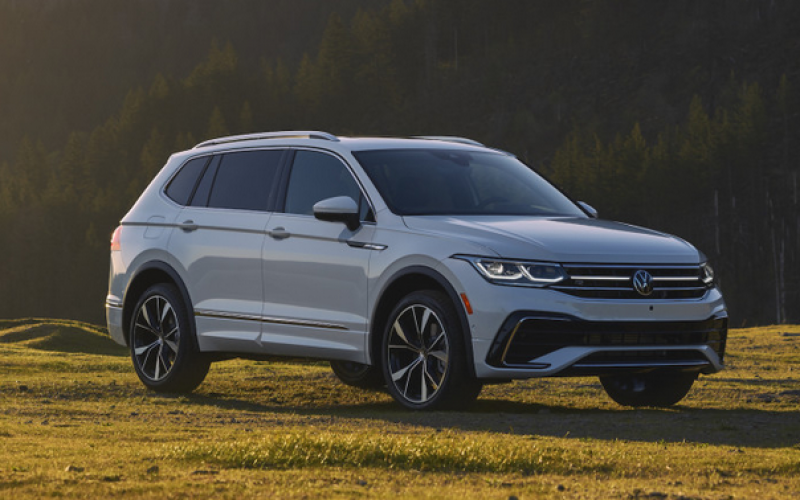
Reading Time: 3 minutesRegarding compact SUVs, it’s often difficult to find that sweet spot between utility and style, fuel
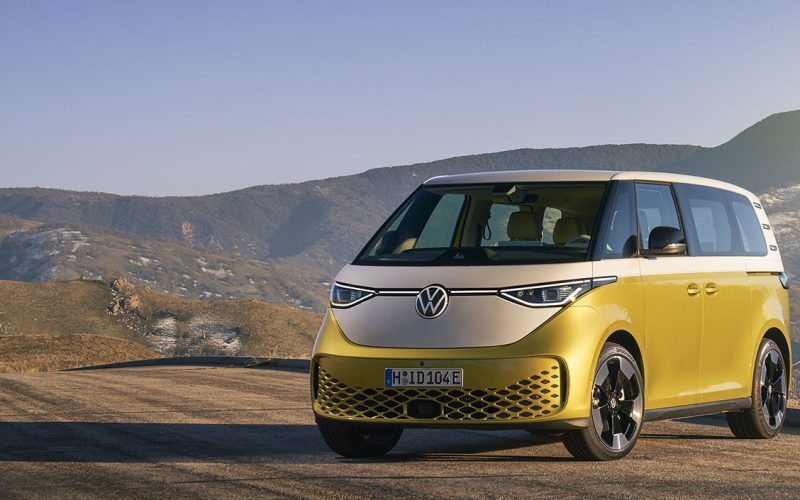
Reading Time: 7 minutesGood news! The VW van is actually coming back, and it looks like this visual blast
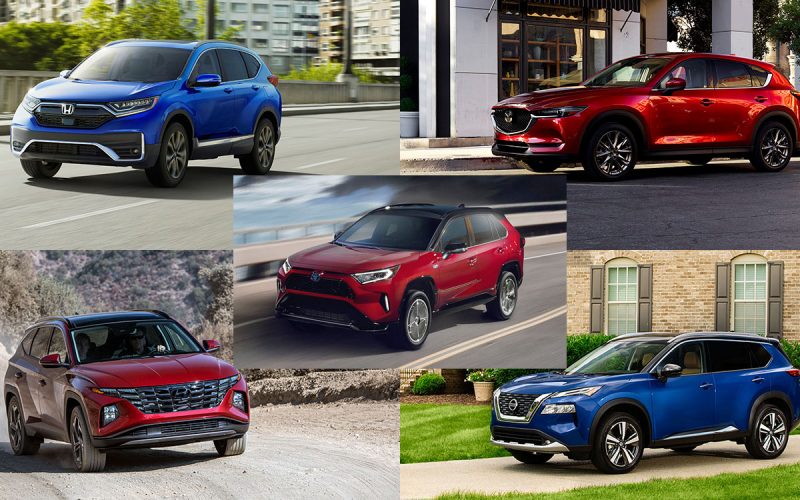
Reading Time: 12 minutesThere’s no hotter segment in today’s car market than the compact crossover SUV. Having started in
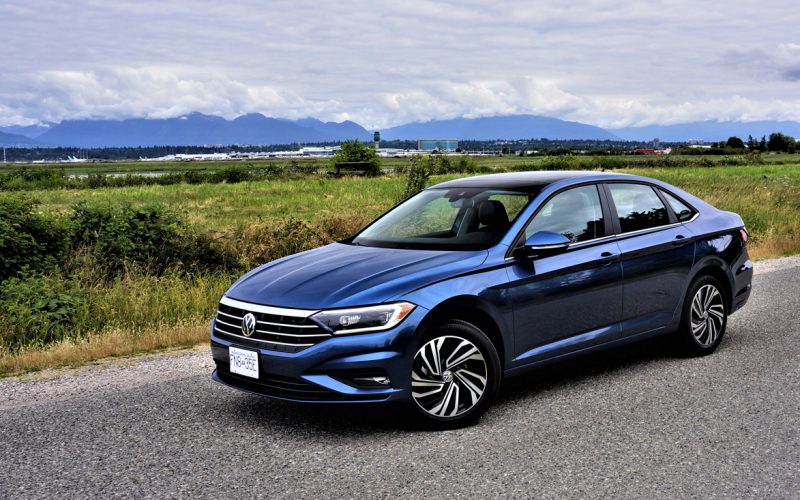
Reading Time: 14 minutesFor many in Canada, Volkswagen is more of an afterthought when considering a new vehicle. Last
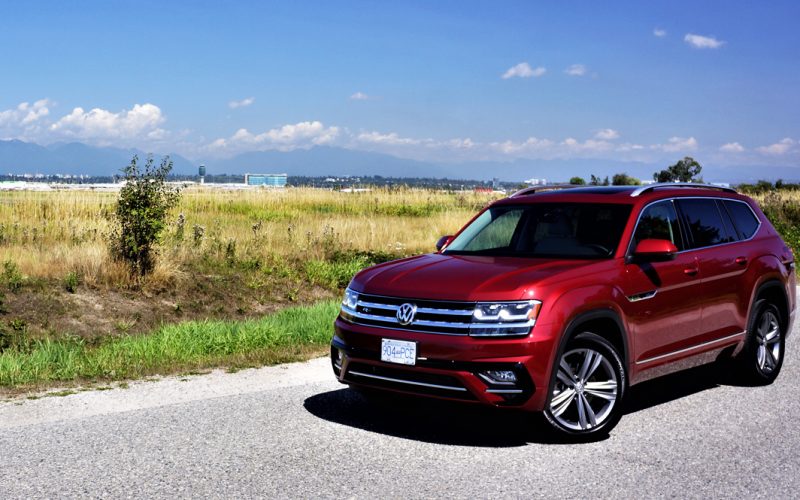
Reading Time: 12 minutesThe health crisis has caused mayhem in many industries, and while the auto sector hasn’t been
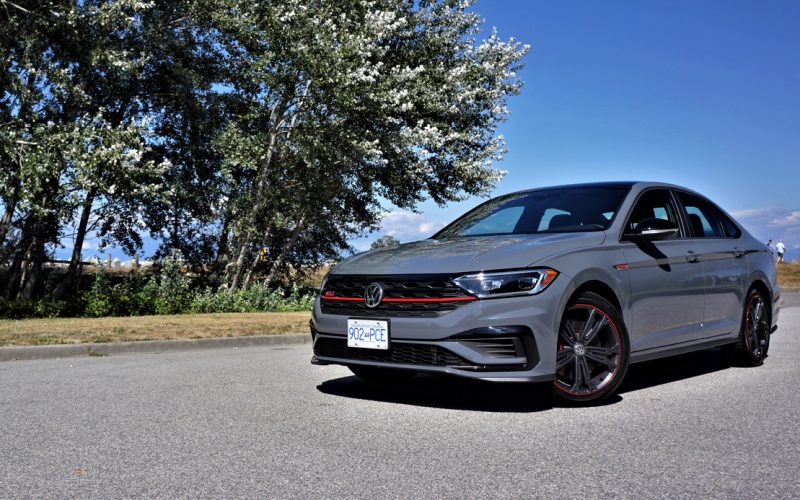
Reading Time: 10 minutesHonestly, other than being rare compared to Honda Civics, Toyota Corollas, Hyundai Elantras and Mazda3s, and
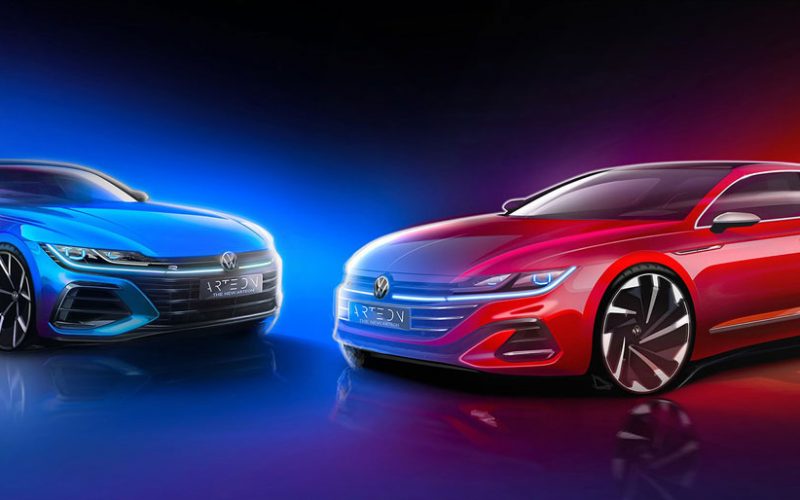
Reading Time: 4 minutesAhead of the 2021 Arteon four-door coupe virtual world première set for June 24th, Volkswagen has
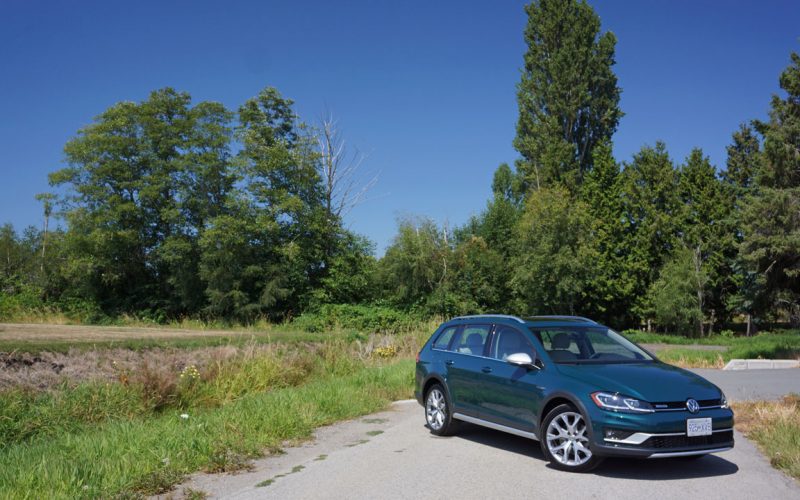
Reading Time: 9 minutesNews flash! Volkswagen has a lot of 2019s still available, including the fabulous Golf Alltrack. Okay,
© 2025 The Car Magazine. All Rights Reserved, Privacy Policy | Terms of Use